Description
Parameters:
Nominal Discharge Current: Typically rated at 5kA, it measures and records the discharge current of the lightning arrester.
Residual Voltage: The residual voltage rating is typically 1KV.
Specifications:
Operating Voltage: The recorder is designed to operate within a specified voltage range, typically 220V, 440V, or 660V.
Maximum Operating Voltage: It can also handle maximum voltages up to a certain level, such as 10kV.
Dimensions and Weight:
The exact dimensions and weight of the ABB DJS-II discharge recorder may vary depending on the specific model and configuration. It is recommended to refer to the manufacturer’s official documentation for accurate measurements.
Features:
High Sensitivity: The recorder is designed to detect and record even minor discharge events, providing reliable monitoring of the lightning arrester’s condition.
Multiple Counting Forms: It offers multiple counting forms, such as three-phase counting, to provide detailed discharge records.
Communication Capability: The ABB DJS-II typically incorporates communication features like Modbus, enabling data transmission and remote monitoring.
Robustness and Durability: The recorder is designed for industrial use, withstanding harsh environmental conditions and providing long-term stability and reliability.
Functions and Applications:
Monitoring and Recording: The ABB DJS-II continuously monitors the discharge activity of the lightning arrester and records the events, providing valuable data for maintenance and troubleshooting.
Fault Detection: By analyzing the discharge records, operators can detect any abnormalities or potential faults in the lightning arrester, allowing for timely intervention and repairs.
Integration with Control Systems: The recorder can be integrated into larger control systems, enabling centralized monitoring and management of multiple lightning arresters.





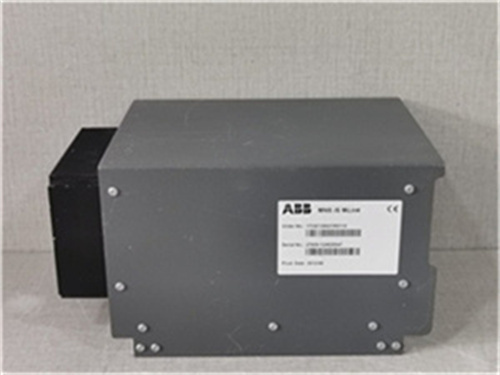
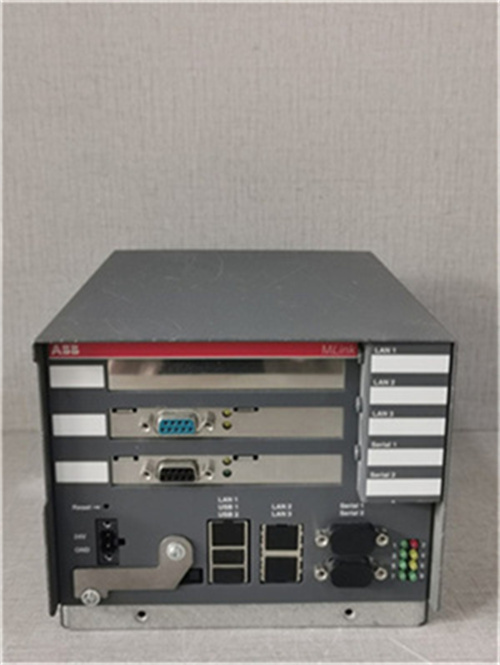
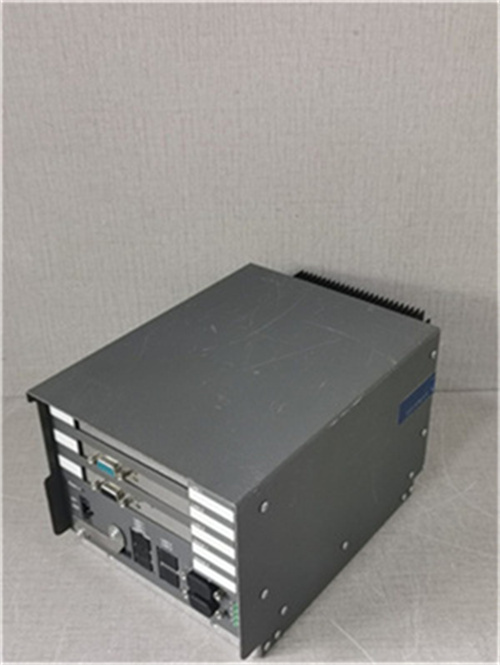
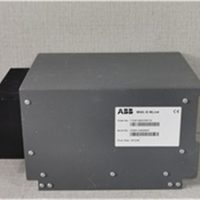
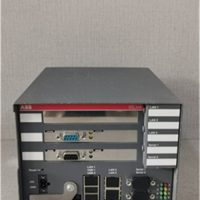
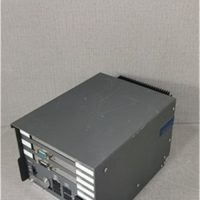

.jpg)
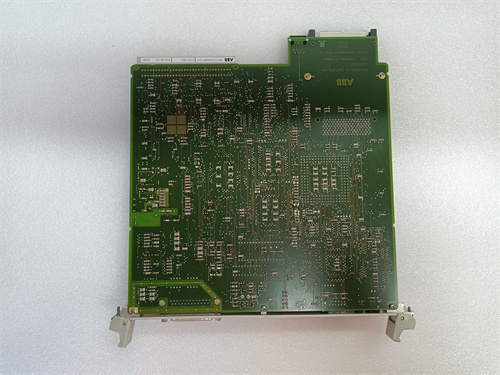

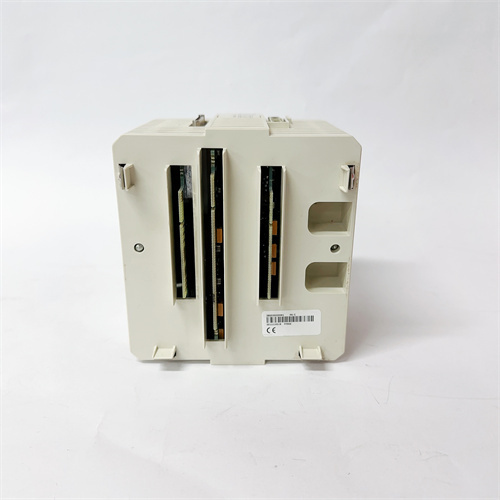
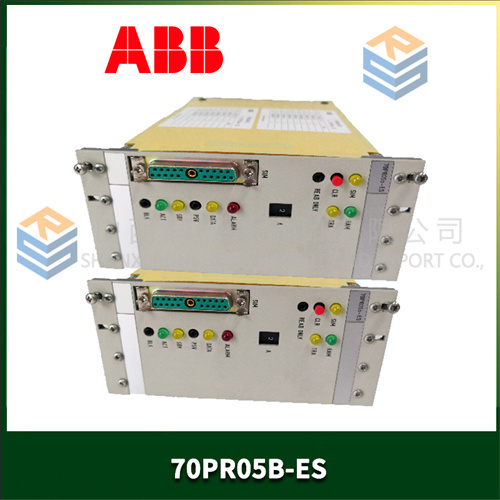
Reviews
There are no reviews yet.